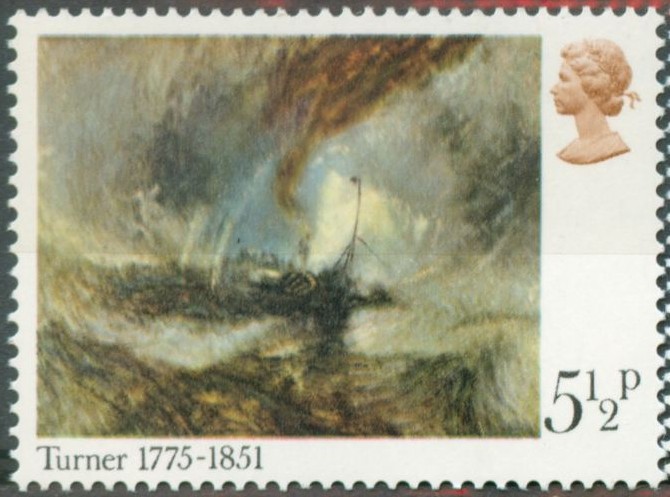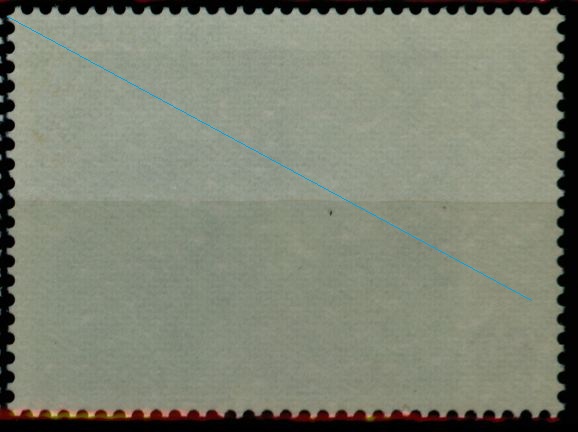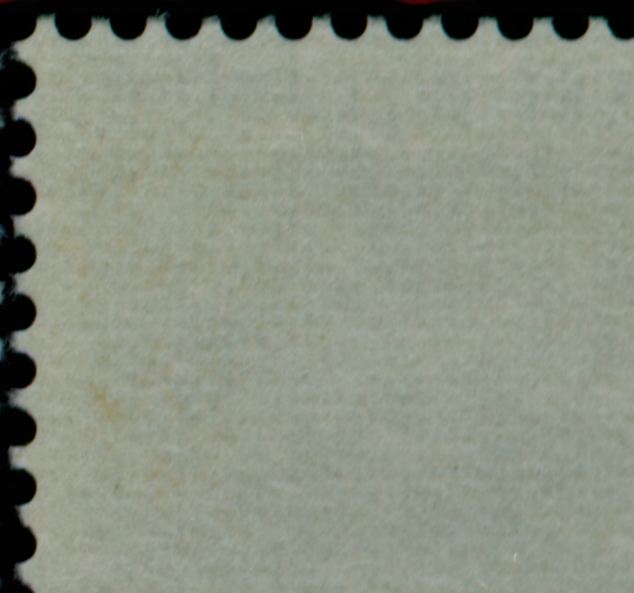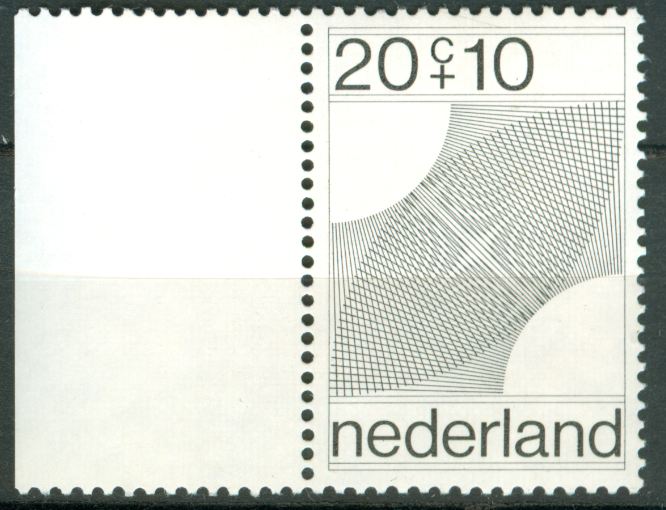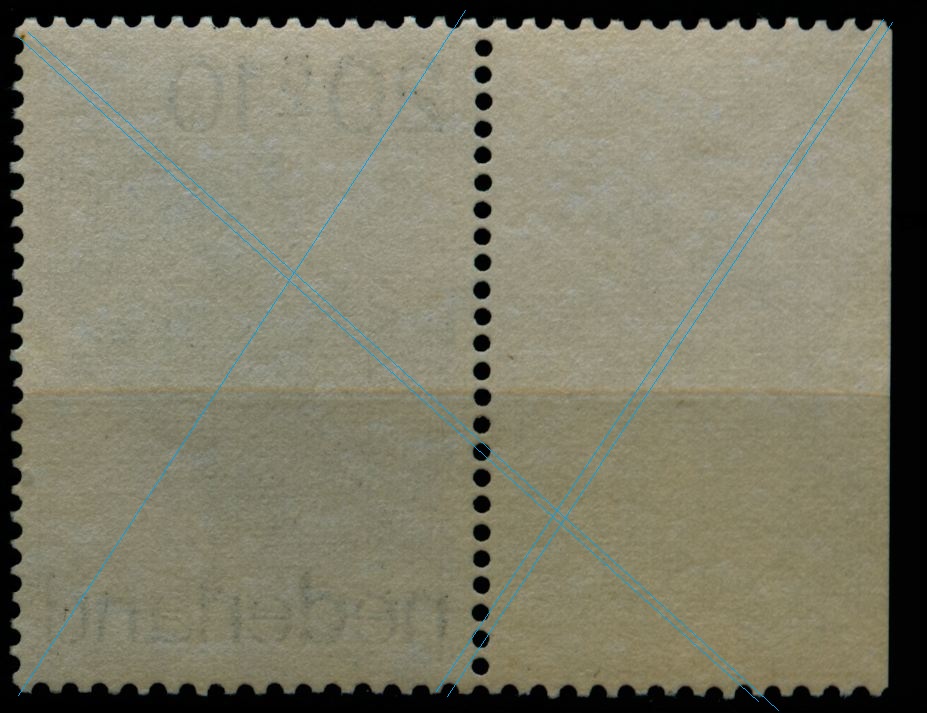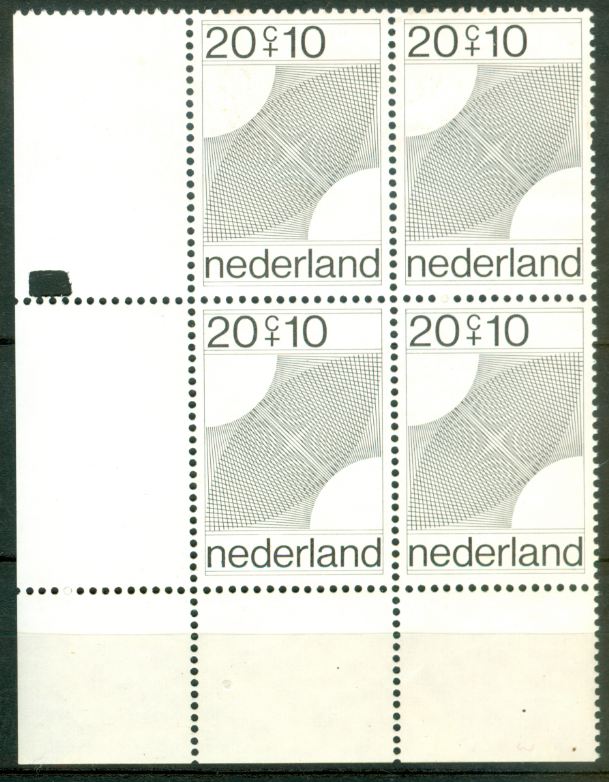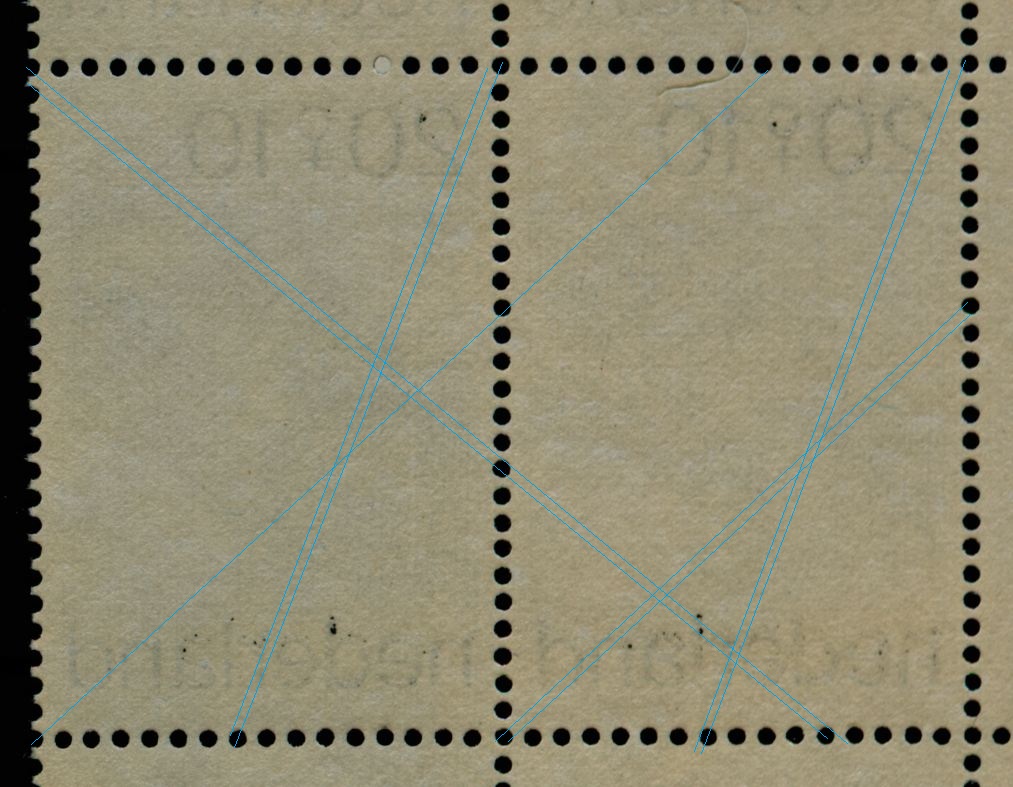Página 3 de 3
Re: Wire structures in stamp paper!
Publicado: 16 Jun 2012 12:24
por Rein
In 1975 the Turner paintings still have the same paper wire but in the meantime the type of gumming had changed from white stripes into whiteish blots!
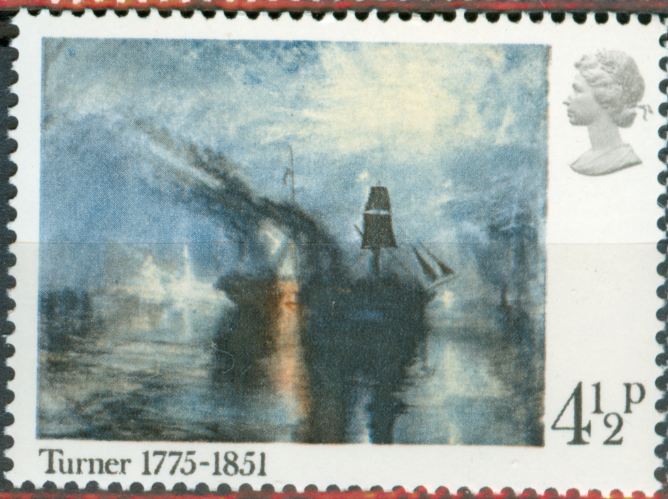
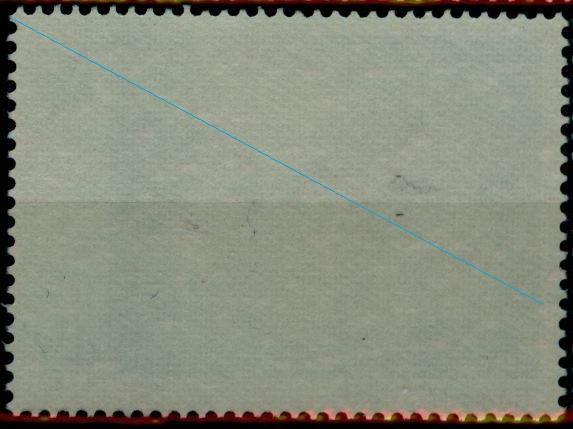
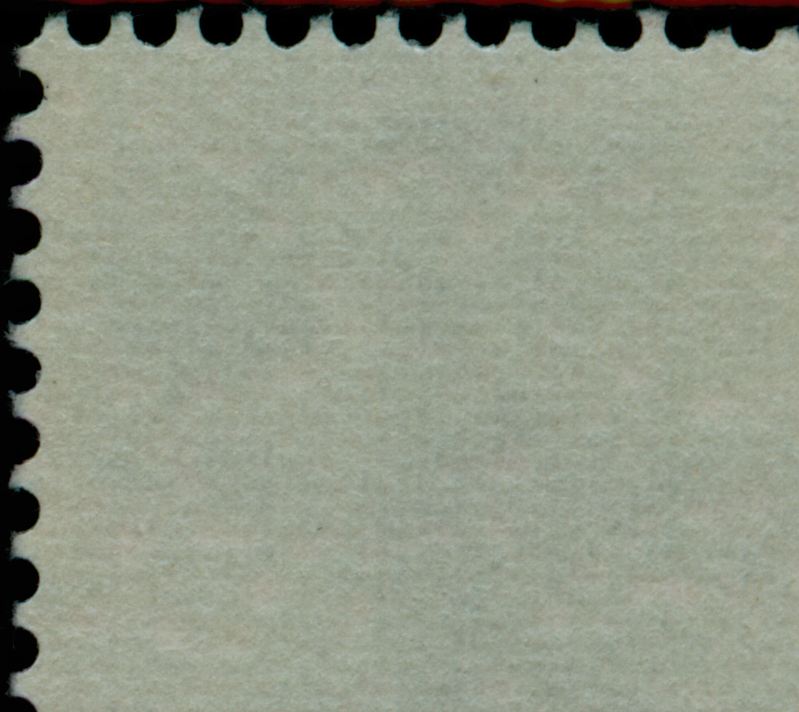
to be continued ....
Re: Wire structures in stamp paper!
Publicado: 16 Jun 2012 12:24
por Rein
Re: Wire structures in stamp paper!
Publicado: 16 Jun 2012 12:38
por Rein
The most popular wire structure in the period 1972-1985 was the one I had called IIIa and that was dominant in the Dutch postage stamps for such a long period!
It is strange that it was not so popular in the UK stamps however!
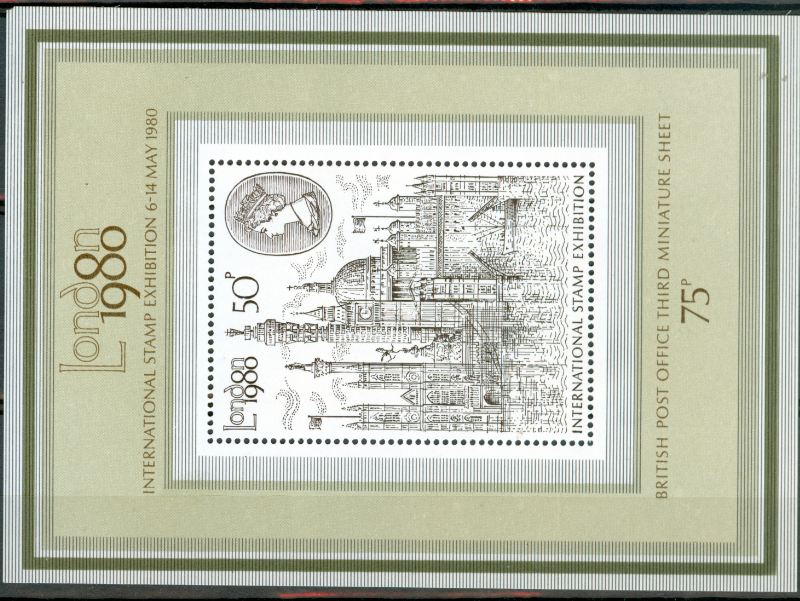
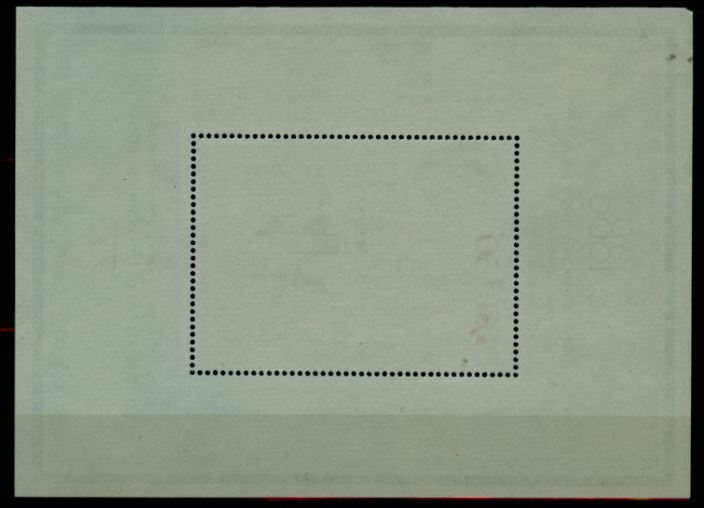
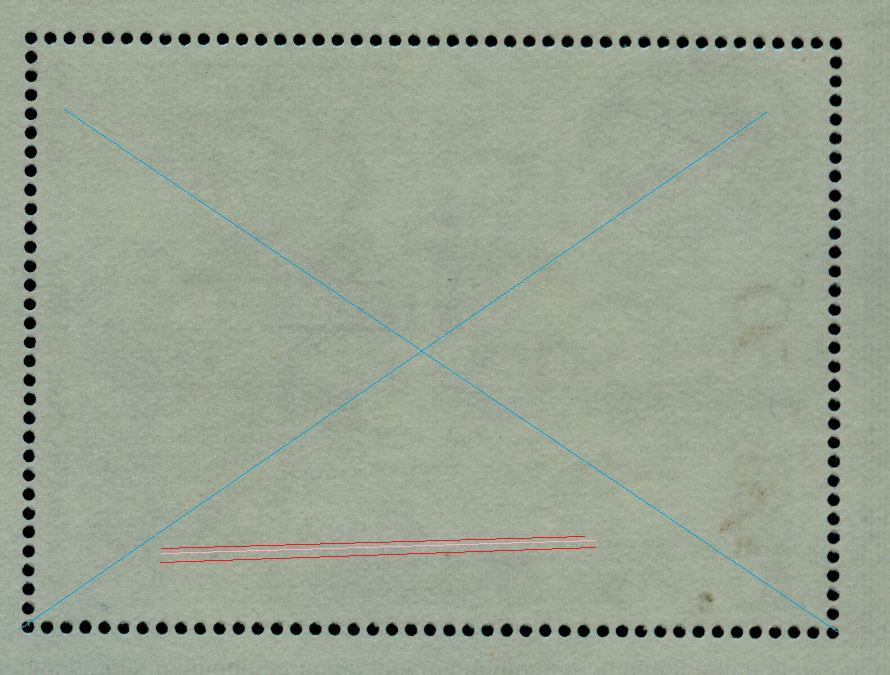
What you may not be able to see is the horizontal lines give the impression of alternation with a broken line in-between them! The blue lines can NOT be drawn precisely according to their angle as that seems to jump a bit sideways!
The pull on the paper reel may lead to extreme diversions off the horizon of the whole pattern!
In closer detail you may even think the TELA has come back!
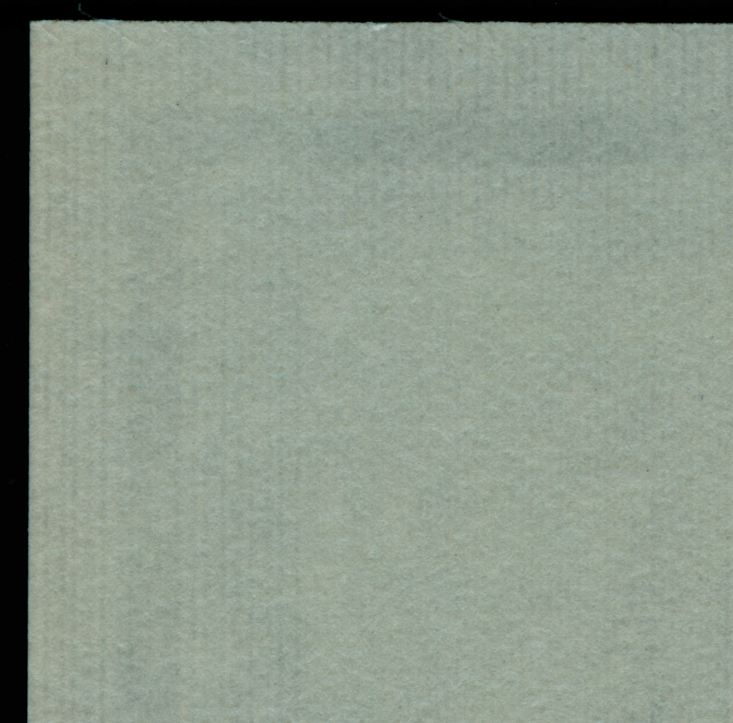
to be continued ...
Re: Wire structures in stamp paper!
Publicado: 16 Jun 2012 16:11
por Rein
Zumstein Spezial 2000 Volume I page 257
Von den während des Krieges gedruckten Wertzeichen gibt es mehrere Sorten auf Papier mit senkrechte Streifen, ähnlich dem sog.“Papier vergé“. Diese Streifung wurde nicht bei der Papierherstellung eingearbeitet, sondern entstand erst während dem Markendruck in der Maschine. Sie verschwindet fast oder gänzlich, wenn die Marken längere Zeit im Wasser liegen. (Näheres siehe BBZ 1941, Seite 26).
Stamps printed during World War II are known on paper with vertical stripes, similar to the so-called "papier vergé". These stripes do not originate from the paper making but turned up during the printing process in the machine. They disappear almost or completely when the stamps are lying in the water for quite some time. See the article in the Berner Briefmarken Zeitung in 1941 on page 26.
to be continued ....
Re: Wire structures in stamp paper!
Publicado: 17 Jun 2012 04:46
por Rein
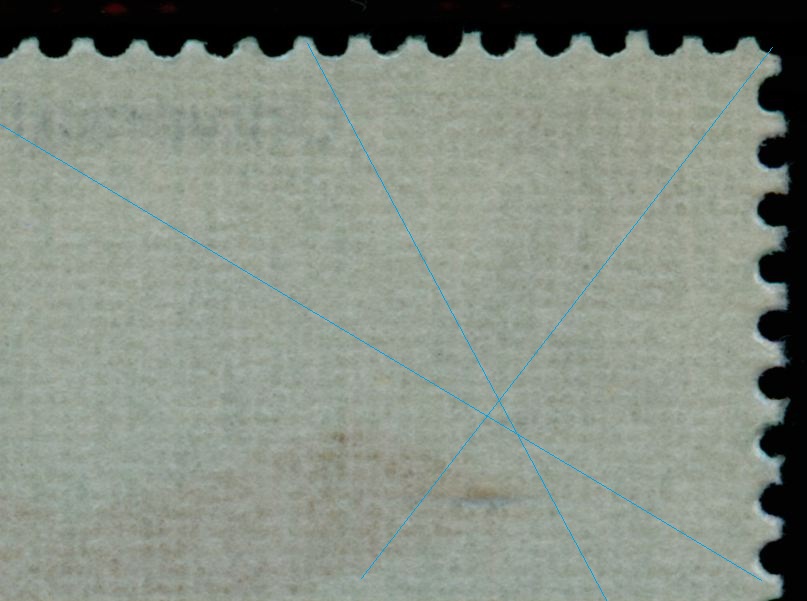
It reminds of the Argentina "TELA" but as you can draw more than 2 sets of blue lines it is more likely an example of the multilayer paper wire!
On second thought it may be just as well the asymmetrical TELA! Or twill-binding with 24/20 density!
Plain weave - symmetrical or twill binding middle slope
horizontal /vertical --- angle
24 / 20 --- 50,19442897
Twill binding steeper slope
horizontal / vertical --- angle
24 / 20 --- 67,38013513
Twill binding lower slope
horizontal / vertical --- angle
24 / 20 --- 30,96375657
to be continued ...
Re: Wire structures in stamp paper!
Publicado: 17 Jun 2012 07:32
por Rein
When I started to study the wire structures in the mid 1970-ies, I came up with a simple classification:
I = symmetrical, linen-binding, angles -60/60
II = I plus a watermark
III = asymmetrical, twill binding, angles -60/73 [IIIb] or -73/60 [IIId]
IV = III plus a watermark
I had no idea yet about multilayer wires, so when I came across somewhat differently looking wires I introduced:
III+
and
IIIa
III+ is what I showed in the UK 1974 stamps and what is probably a IIIb with density 24/20 whereas the usual IIIb has a density of 30/20.
to be continued .....
Re: Wire structures in stamp paper!
Publicado: 17 Jun 2012 07:41
por Rein
Re: Wire structures in stamp paper!
Publicado: 17 Jun 2012 07:48
por Rein
The combination of offset-litho and recess!
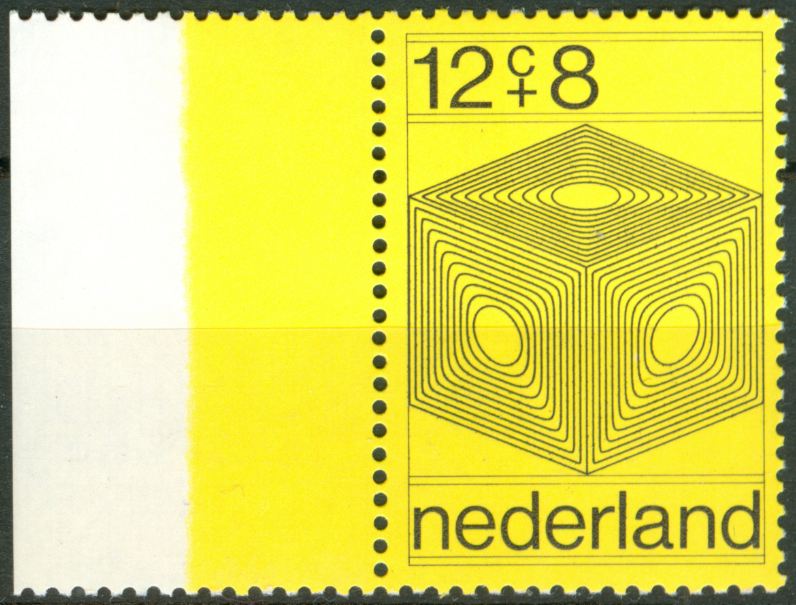
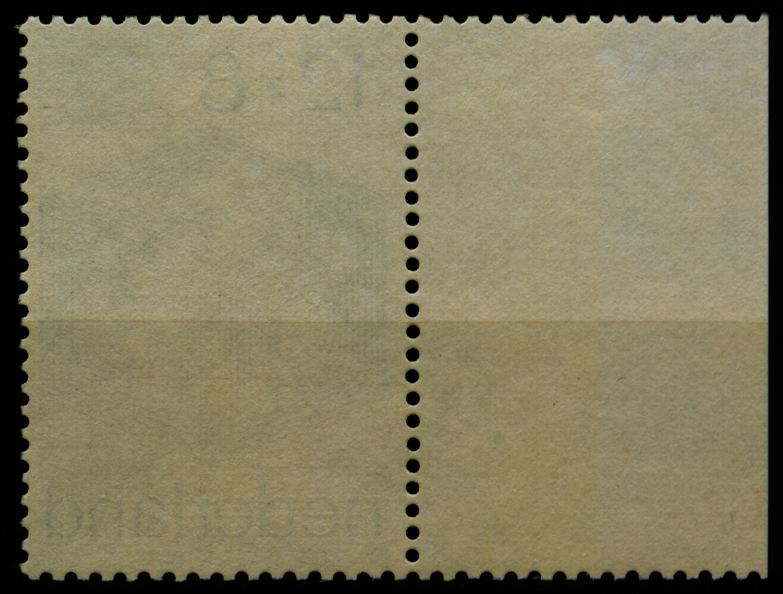
to be continued ...
Re: Wire structures in stamp paper!
Publicado: 17 Jun 2012 10:54
por Rein
The next non-definitives printed on H&S paper were the 1972 Child Welfare stamps with photographs of the grandsons of Queen Juliana.
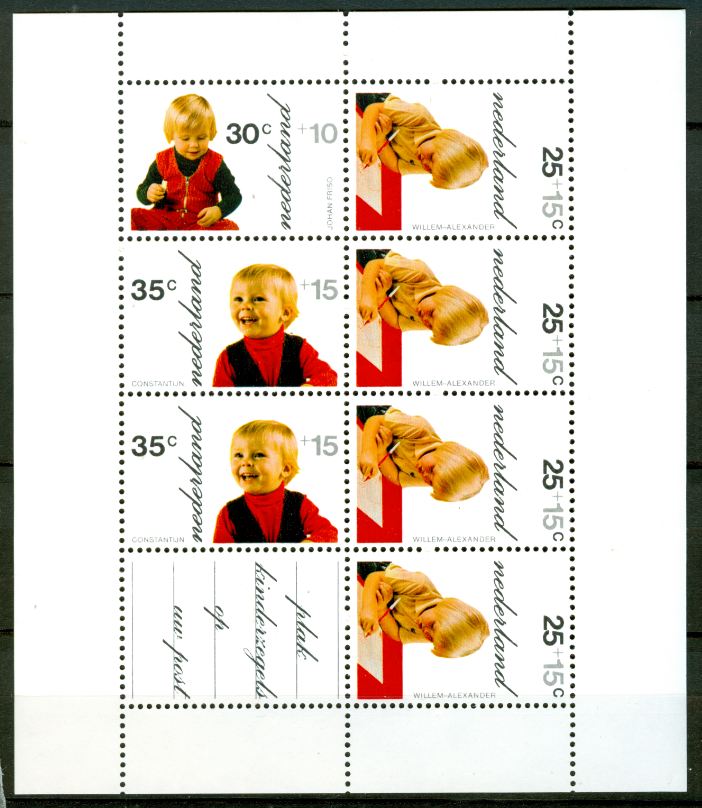
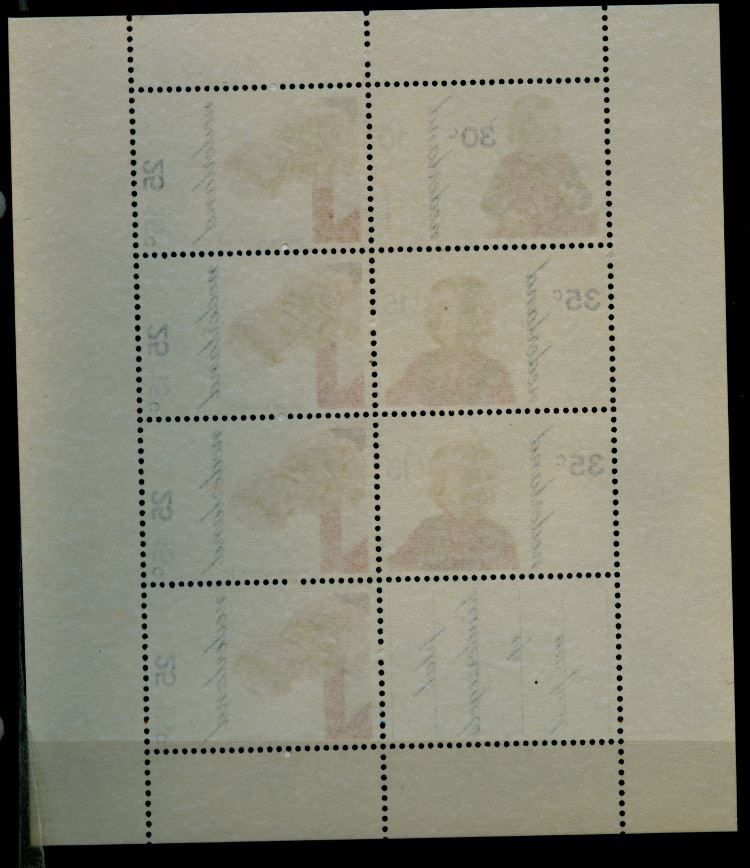
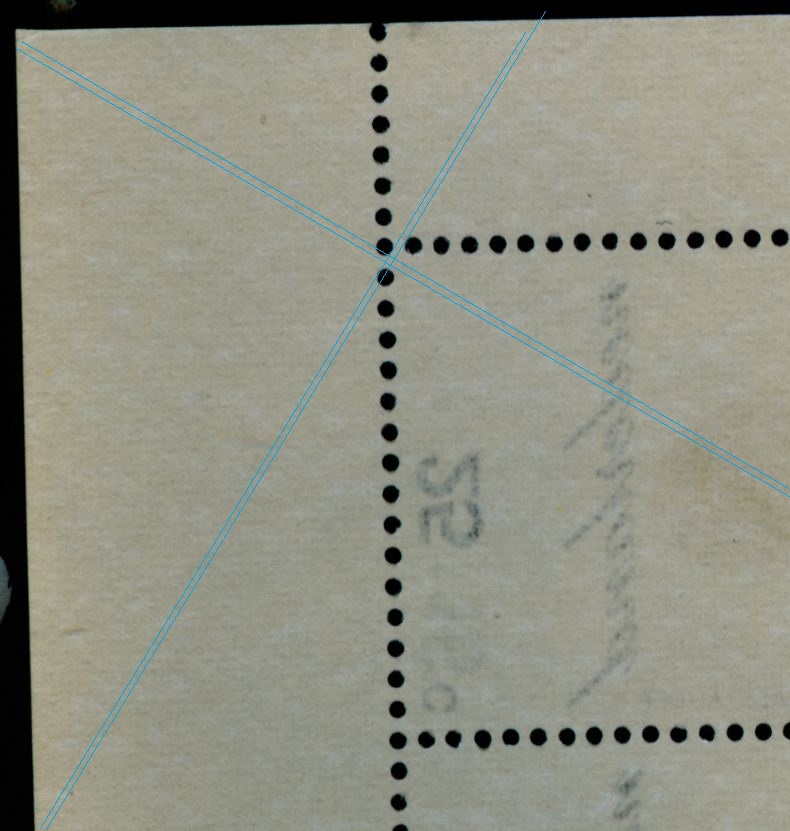
This paper type is TELA or the asymmetrical paper wire with density 24/20!
to be continued ...
Re: Wire structures in stamp paper!
Publicado: 17 Jun 2012 13:05
por Rein
The next non-definitives printed on H&S paper were the 1972 Child Welfare stamps with photographs of the grandsons of Queen Juliana.
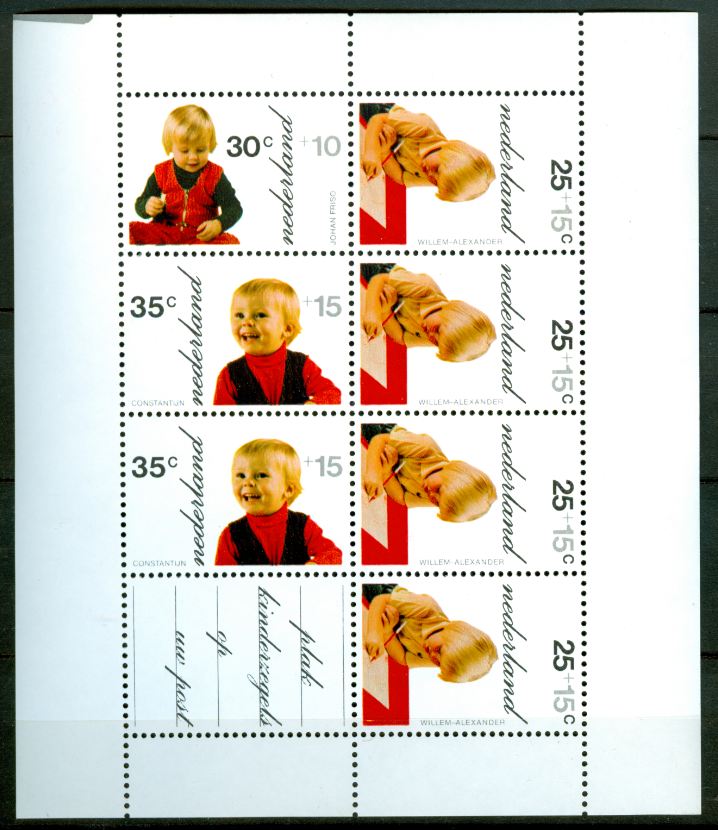
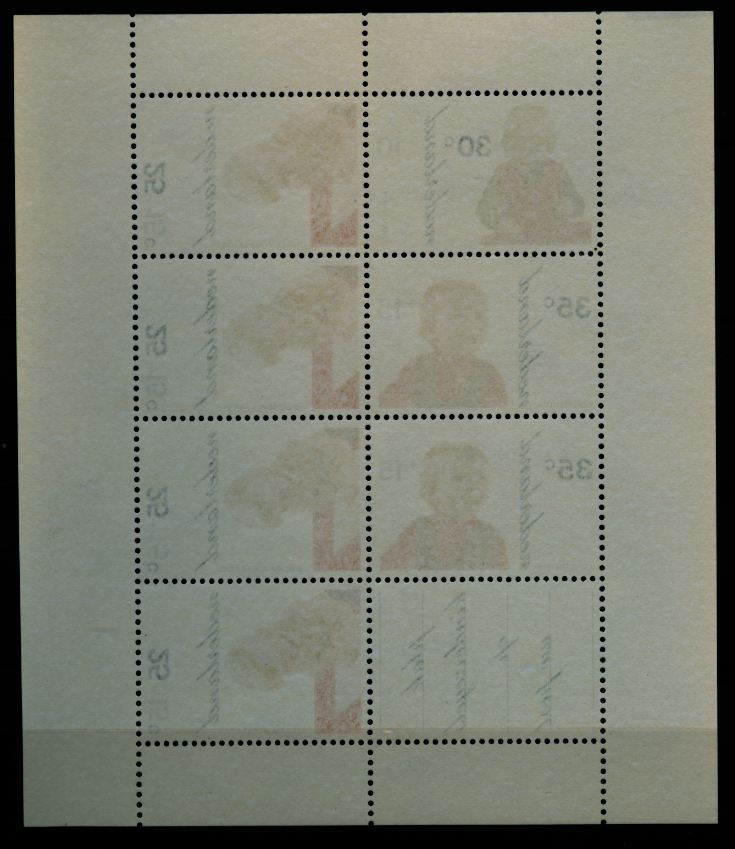
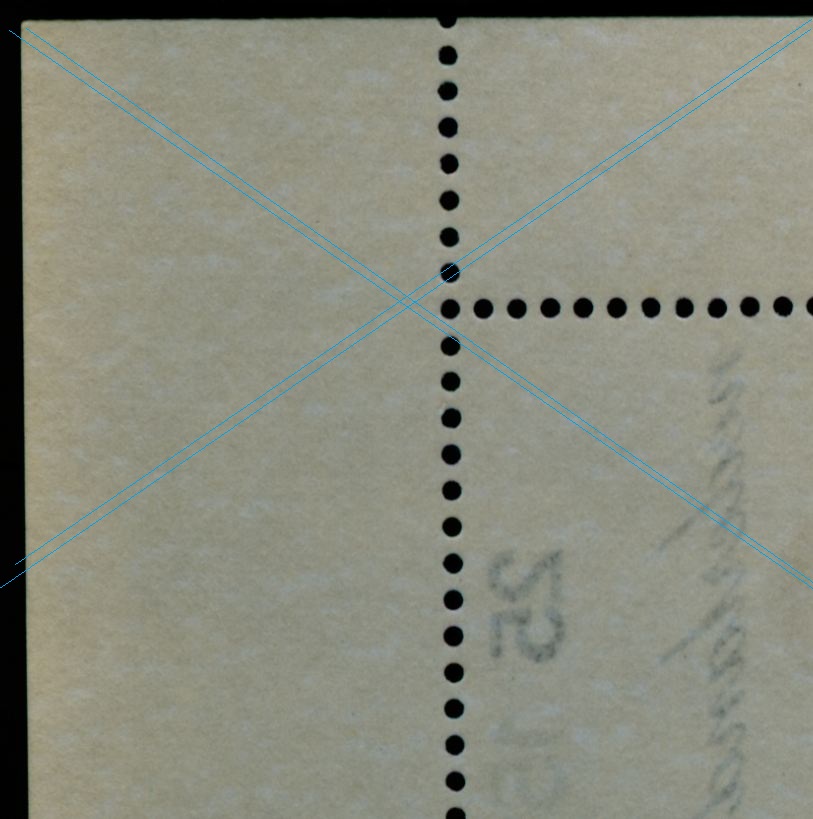
This paper type is different from the TELA and it makers the impression of a symmetrical paper wire/ The density however is not 24/20 but 30/20! A detail that my friend Huig Tielman and I observed some 35 years ago!
In my classification I denoted it as IIIa. This IIIa type was the most popular type of paper during the 1972-1985 period in the Netherlands! And not just there! Also other customers of Harrison and Sons like the Belgian Post Office Stamp Printing Works in Mechelen used in for stamp printing!
What this type of paper, always coated with a luminscence embedded - either fluorescent or phosphorescent - made so special was that it hardly ever was subject to experiments! Unlike the UK stamps, nobody bothered to experiment much with the luminescent content of the coatings!
to be continued ...
Re: Wire structures in stamp paper!
Publicado: 17 Jun 2012 15:35
por Rein
Two types of paper for the blocks! But also these stamps appeared in sheets of 10x10!
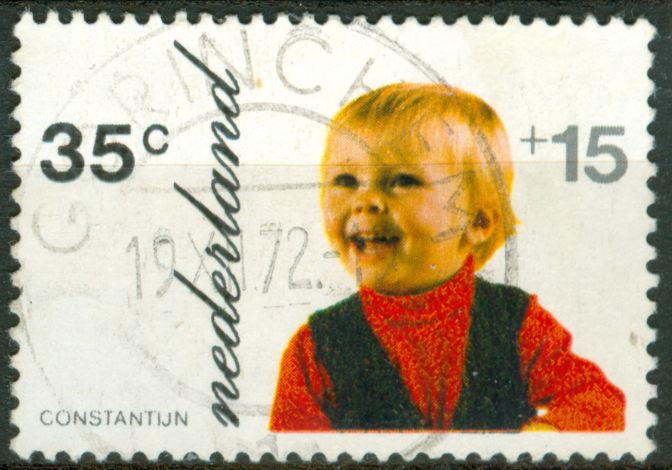
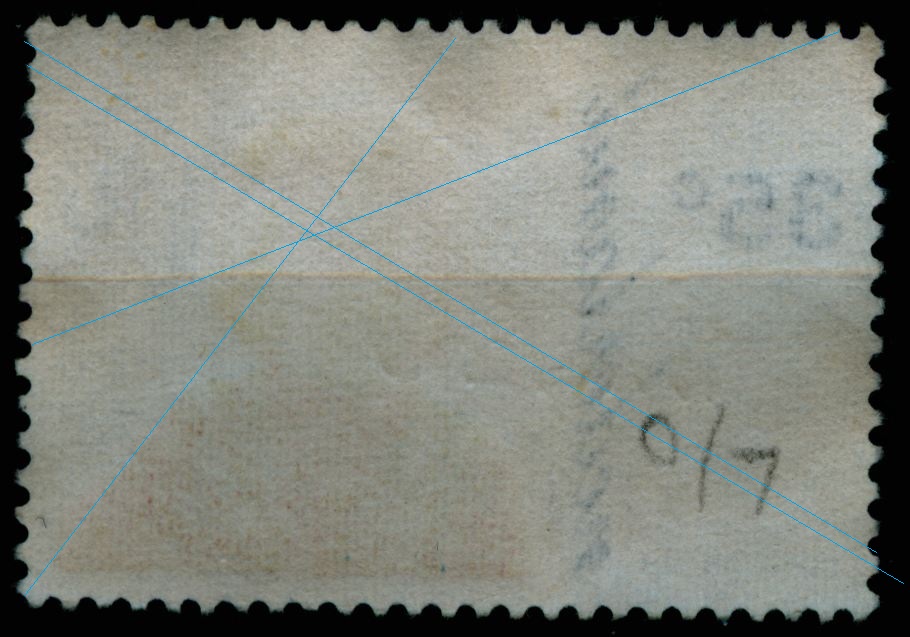
What I said before about the enormous pull on the wire in the paper machine can be seen here by the slope of the horizontal threads! Asymmetrical paper wire with a twill binding and density 24/20! Like the Argentina TELA but asymmetrical!
to be continued ....
Re: Wire structures in stamp paper!
Publicado: 17 Jun 2012 15:40
por Rein
Two types of paper for the blocks! But also these stamps appeared in sheets of 10x10!
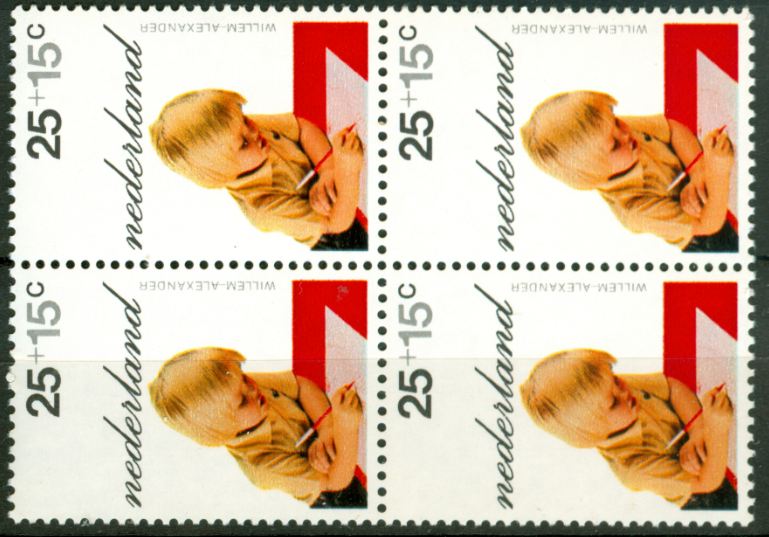
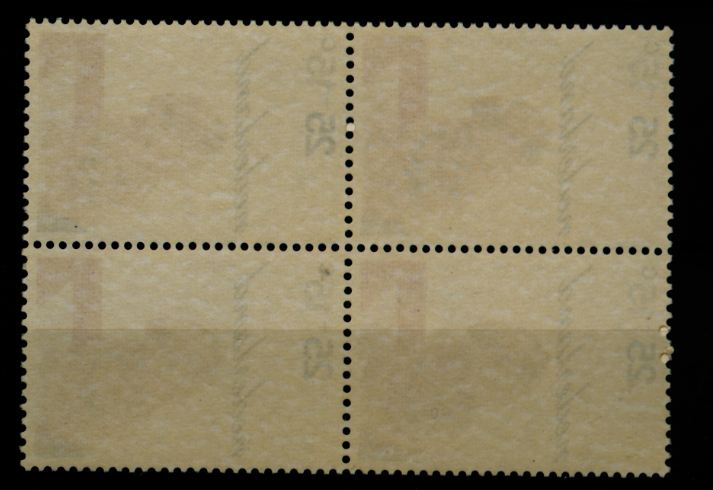
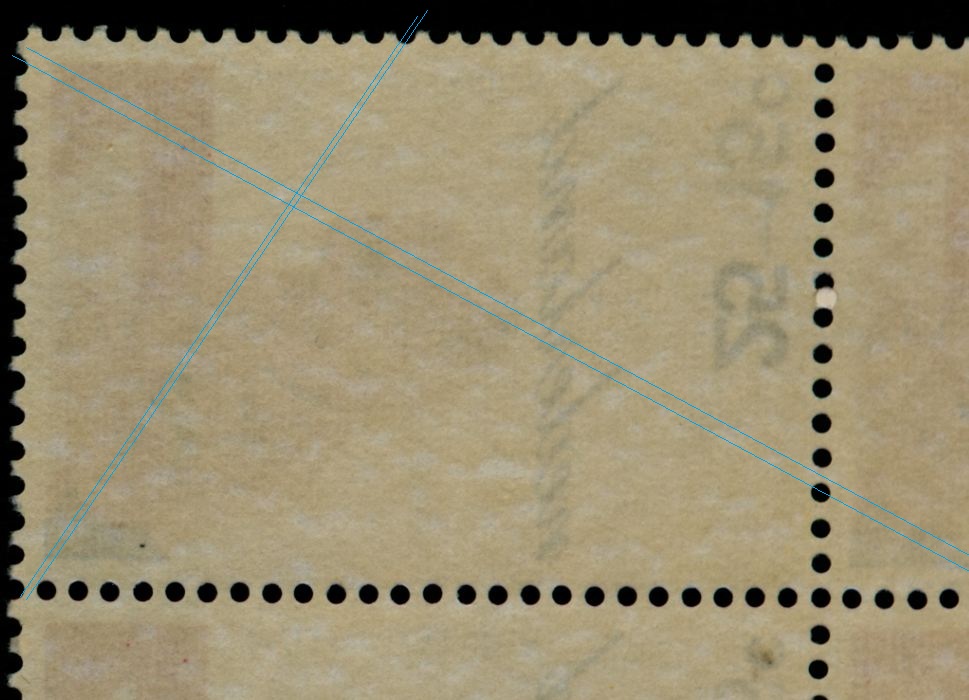
What I said before about the enormous pull on the wire in the paper machine can be seen here by the slope of the horizontal threads! Asymmetrical paper wire with a twill binding and density 24/20! Like the Argentina TELA but asymmetrical!
And for those who have not yet recognized this boy!
He married a beautiful Argentina girl! 
to be continued ....
Re: Wire structures in stamp paper!
Publicado: 18 Jun 2012 16:52
por Rein
A slight deviation from the subject!
The wire side was always supposed to be the back side of the stamp! I did state several times that in fact this was not true at all...
Looking at some UK stamps of the period I stumbled over the 1965 Forth Road Bridge!
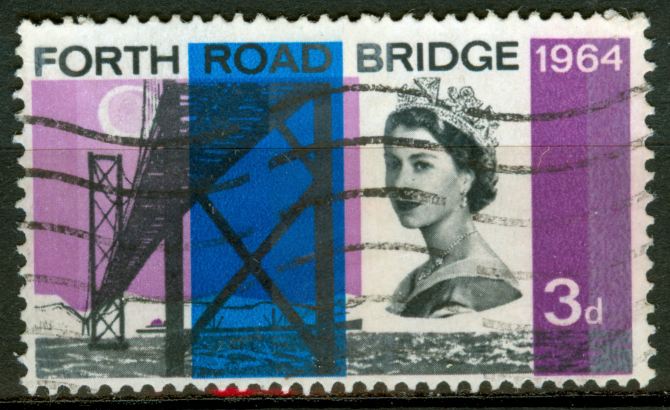
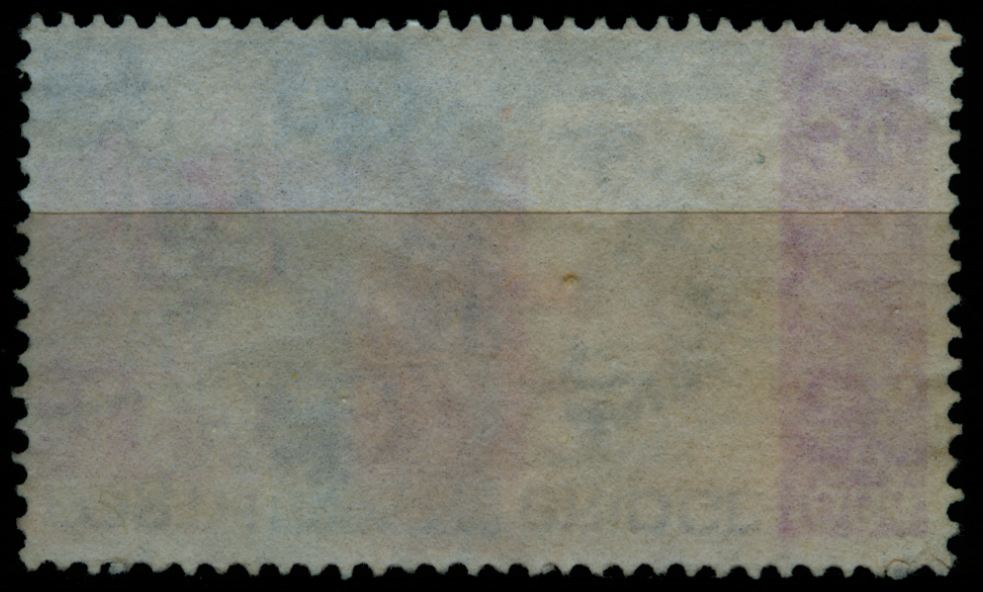
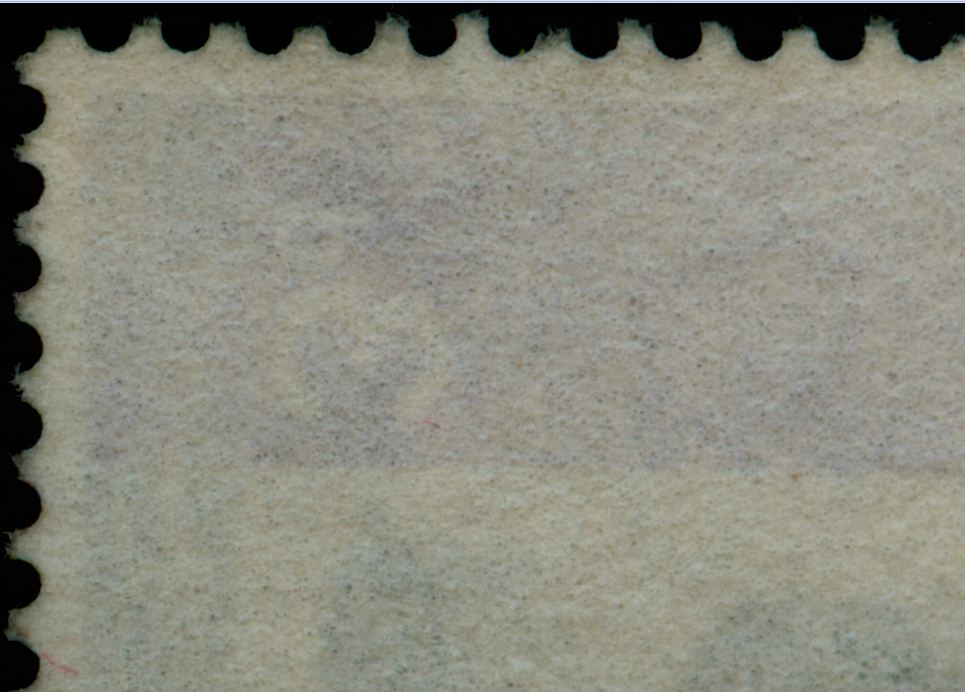
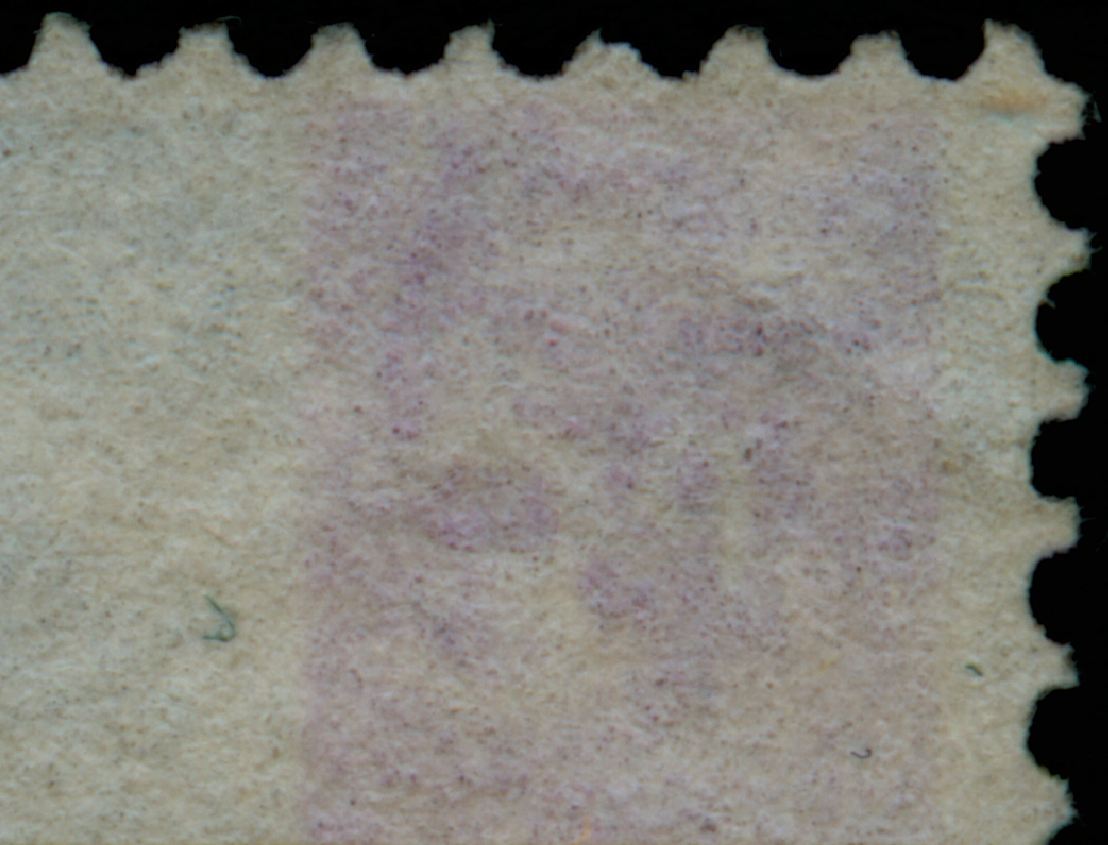
these holes belong to the felt side of the stamp paper!!
to be continued ....






